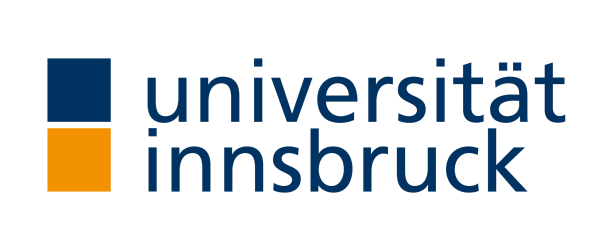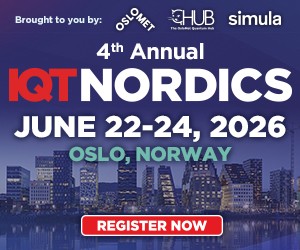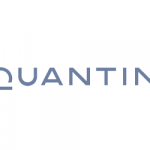Error-free quantum computing gets real

(Phys.org) A team led by Thomas Monz of the Department of Experimental Physics at the University of Innsbruck and Markus Müller of RWTH Aachen University and Forschungszentrum Jülich in Germany has now succeeded for the first time in realizing a set of computational operations on two logical quantum bits that can be used to implement any possible operation. “For a real-world quantum computer, we need a universal set of gates with which we can program all algorithms,” explains Lukas Postler, an experimental physicist from Innsbruck.
The team of researchers implemented this universal gate set on an ion trap quantum computer featuring 16 trapped atoms. The quantum information was stored in two logical quantum bits, each distributed over seven atoms.
Now, for the first time, it has been possible to implement two computational gates on these fault-tolerant quantum bits, which are necessary for a universal set of gates: a computational operation on two quantum bits (a CNOT gate) and a logical T gate, which is particularly difficult to implement on fault-tolerant quantum bits.
The researchers have implemented operations on the logical qubits in such a way that errors caused by the underlying physical operations can also be detected and corrected. Thus, they have implemented the first fault-tolerant implementation of a universal set of gates on encoded logical quantum bits.
“The fault-tolerant implementation requires more operations than non-fault-tolerant operations. This will introduce more errors on the scale of single atoms, but nevertheless the experimental operations on the logical qubits are better than non-fault-tolerant logical operations,” Thomas Monz is pleased to report. “The effort and complexity increase, but the resulting quality is better.” The researchers also checked and confirmed their experimental results using numerical simulations on classical computers.
The physicists have now demonstrated all the building blocks for fault-tolerant computing on a quantum computer. The task now is to implement these methods on larger and hence more useful quantum computers. The methods demonstrated in Innsbruck on an ion trap quantum computer can also be used on other architectures for quantum computers.
Sandra K. Helsel, Ph.D. has been researching and reporting on frontier technologies since 1990. She has her Ph.D. from the University of Arizona.

























